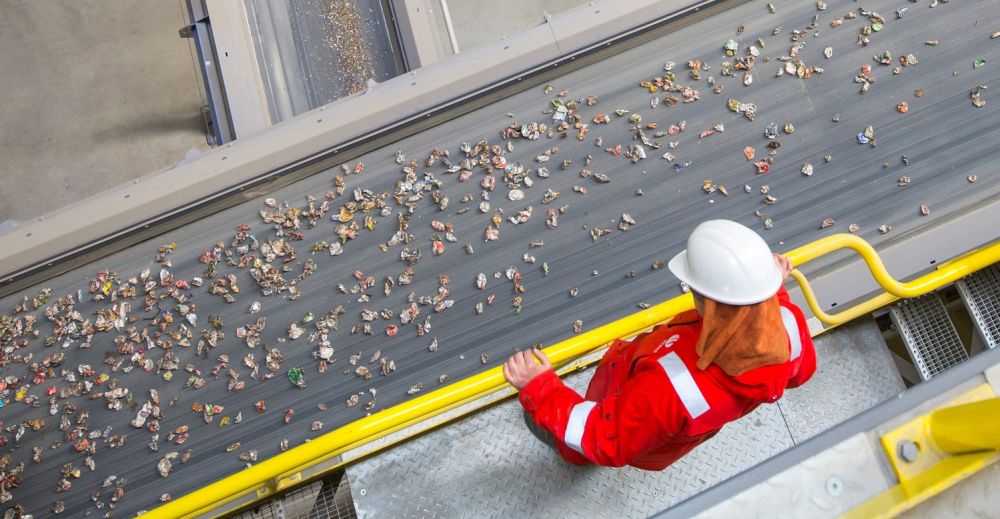Do you see what we see? Not all recycled aluminium is equal
We all know that aluminium is a wonderful material. Infinitely recyclable with endless uses, it is an ideal metal for the circular economy. In Hydro we are advocating for the right standards to ensure that recycling of aluminium contributes to reducing emissions.

We all know that aluminium is a wonderful material. Infinitely recyclable with endless uses, it is an ideal metal for the circular economy. In Hydro we are advocating for the right standards to ensure that recycling of aluminium contributes to reducing emissions.
As an industry, we have a responsibility to educate our customers and support the circular transition with a clear understanding of the carbon footprint of recycled aluminium. If we don’t account for this accurately, there could be significant consequences.
At Hydro, we believe the solution is to recognize that not all recycled aluminum is equal.
When recycled aluminium is made from used beverage cans, windows, or car parts, the material starts another life. Previously used aluminium is referred to as “post-consumer” scrap, and its carbon footprint is close to zero. Recycled aluminium made from secondary production or “pre-consumer” scrap is different. This material has not yet completed its life and must retain the carbon footprint of its original production process. If this isn’t done, the material’s production emissions are not accounted for.
Why is this important? Because transparency matters.
If all scrap is accounted for equally, we lose transparency into the actual carbon footprint of recycled aluminium. By itself, the process of recycling aluminium has a very low carbon footprint, as it only requires 5% of the energy of the original primary production process.
On the other hand, producing primary aluminium requires significantly more energy. Smelting with coal power creates roughly four times more CO2-equivalent emissions per kg than primary aluminium produced with renewable energy. If we assume all scrap has a carbon footprint of zero and only focus on recycling, then we lose visibility into this critical difference in emissions, and we undervalue the importance of post-consumer scrap and a product’s lifecycle.
At its best, this accounting methodology is misleading and doesn’t provide the aluminium industry with the much-needed motivation to invest in low-carbon solutions. At its worst, it incentivizes industries that pollute and drives industrial inefficiencies.
That’s why Hydro is working to establish transparent standards for calculating the carbon footprint of recycled aluminium.
Follow Hydro on LinkedIn here to receive more information about recycling of aluminium.
Learn more about recycling of aluminium on the aluminium design knowledge hub Shapes by Hydro here.





